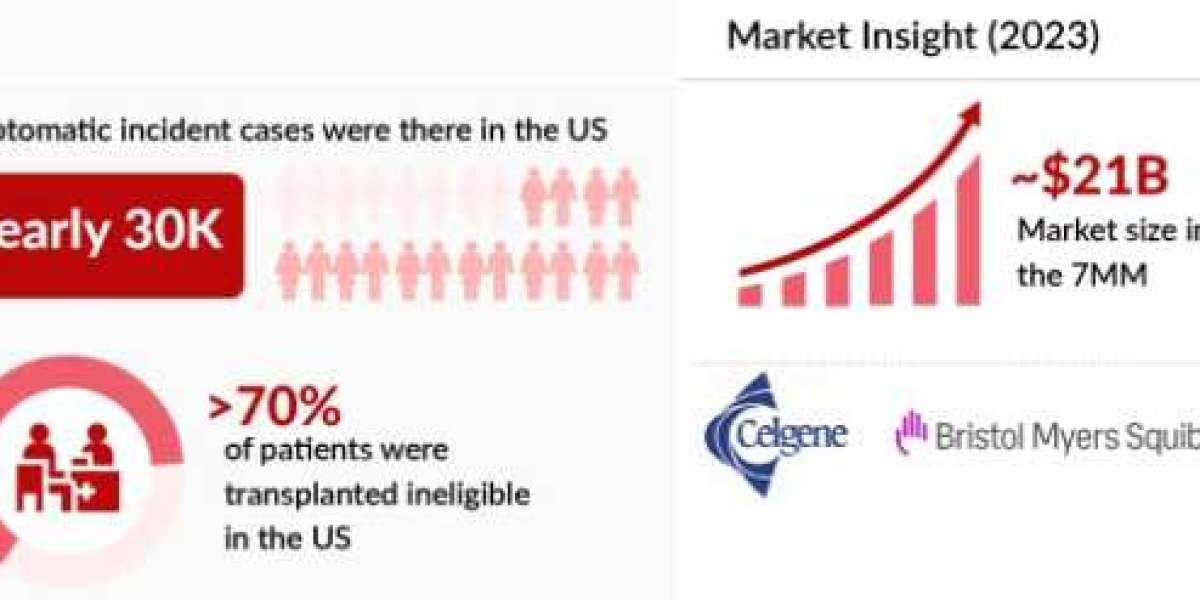What is High-Risk Smoldering Multiple Myeloma?
High-risk smoldering multiple myeloma (HR-SMM) is an intermediate stage between monoclonal gammopathy of undetermined significance (MGUS) and active multiple myeloma. Patients with HR-SMM face a significantly increased risk of progressing to symptomatic multiple myeloma within two years. Diagnosis is based on crucial biomarkers like abnormal plasma cell levels, elevated monoclonal protein, and genetic mutations. Early detection is vital, as it provides an opportunity for considering new treatments for HR-SMM that may help delay or even prevent full disease progression.
Recognizing Smoldering Multiple Myeloma Symptoms
Smoldering multiple myeloma is typically asymptomatic, unlike active multiple myeloma. However, some patients may experience mild symptoms such as fatigue, anemia, or bone pain. Regular monitoring is essential to assess the progression of the disease and determine the optimal time for treatment. While a cure for multiple myeloma remains elusive, early intervention can delay its progression. Furthermore, the possibility of recurrence requires ongoing monitoring.
Emerging Treatments for High-Risk Smoldering Multiple Myeloma
Traditionally, HR-SMM has been managed through active monitoring, but new treatments for HR-SMM are now being explored to slow or even prevent disease progression. Immunotherapy, particularly Revlimid-based regimens, has demonstrated promising results in clinical studies. Additionally, monoclonal antibodies and proteasome inhibitors like Carfilzomib are emerging as effective treatment options.
For eligible patients, multiple myeloma stem cell transplant remains a potential treatment strategy, offering extended remission and delaying disease advancement. Researchers are also developing innovative chemotherapy and targeted therapies to suppress disease progression. The multiple myeloma drugs market continues to expand, with cutting-edge treatments such as CAR-T cell therapy and novel therapeutic agents currently under investigation in clinical trials.
Conclusion
High-risk smoldering multiple myeloma represents a pivotal stage in disease progression, making early diagnosis and proactive intervention essential. The evolving multiple myeloma drugs market is driving the development of advanced therapies, providing patients with more options for disease management. With continuous monitoring, innovative treatments, and emerging medical breakthroughs, individuals with HR-SMM have a better chance of delaying the onset of active multiple myeloma and improving their long-term prognosis.
Latest Blogs by DelveInsight:
- Pfizer’s ABRYSVO Outpaces GSK’s AREXVY with Expanded FDA Approval – But Can It Sustain the Momentum?
- 5 Promising Exosome-based Therapies Paving the Way for Personalized Medicine
- FDA Grants Orphan Status to MDL-101 for LAMA2-CMD; Pfizer’s ABRYSVO Approved for High-Risk Adults (18-59); KIND’s AND017 Gains Orphan Designation for Sickle Cell Disease; HiberCell’s HC-7366 Fast-Tracked for AML; ORLYNVAH Approved for Uncomplicated UTIs
- 7 Key Technologies Pioneering Cybersecurity in the Healthcare Sector
About DelveInsight
DelveInsight is a leading provider of market research and consulting services specializing in the life sciences and healthcare industries. Our insights help pharmaceutical, biotechnology, and medical device companies navigate competitive landscapes and achieve long-term success.
Contact: Kanishk
Email: kkumar@delveinsight.com













